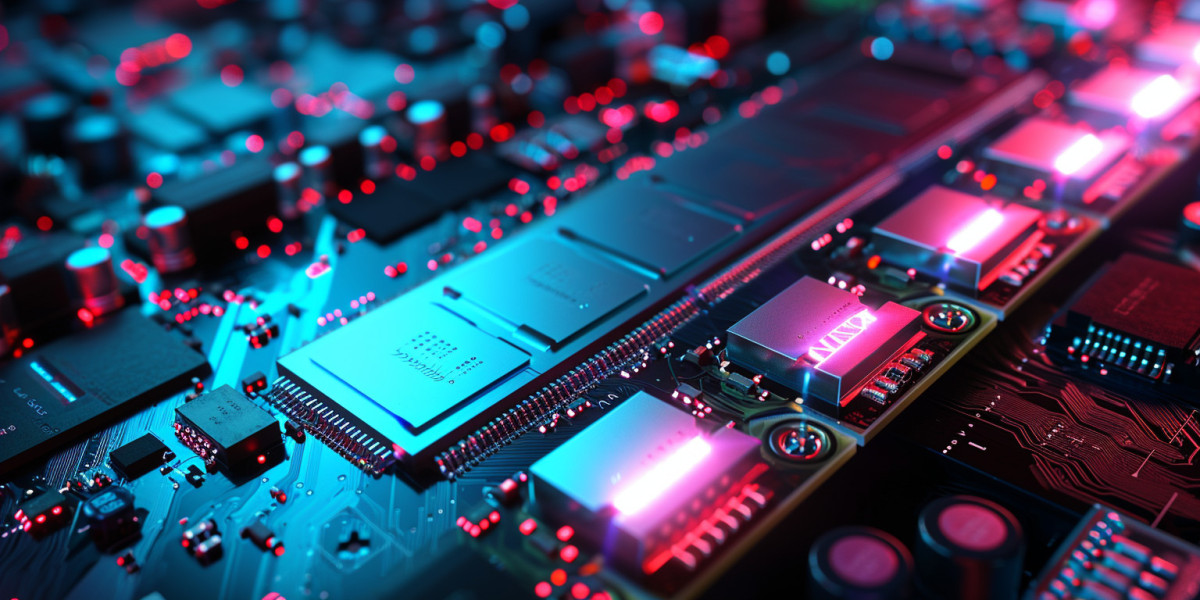| Aspect | 3D XPoint Technology (e.g., Intel Optane) | NAND Flash Memory (e.g., WD Black NVMe) |
|---|---|---|
| Pros |
|
|
| Cons |
|
|
| Optimal Use Cases |
|
|
3D XPoint vs NAND Flash Memory



Recent Comments